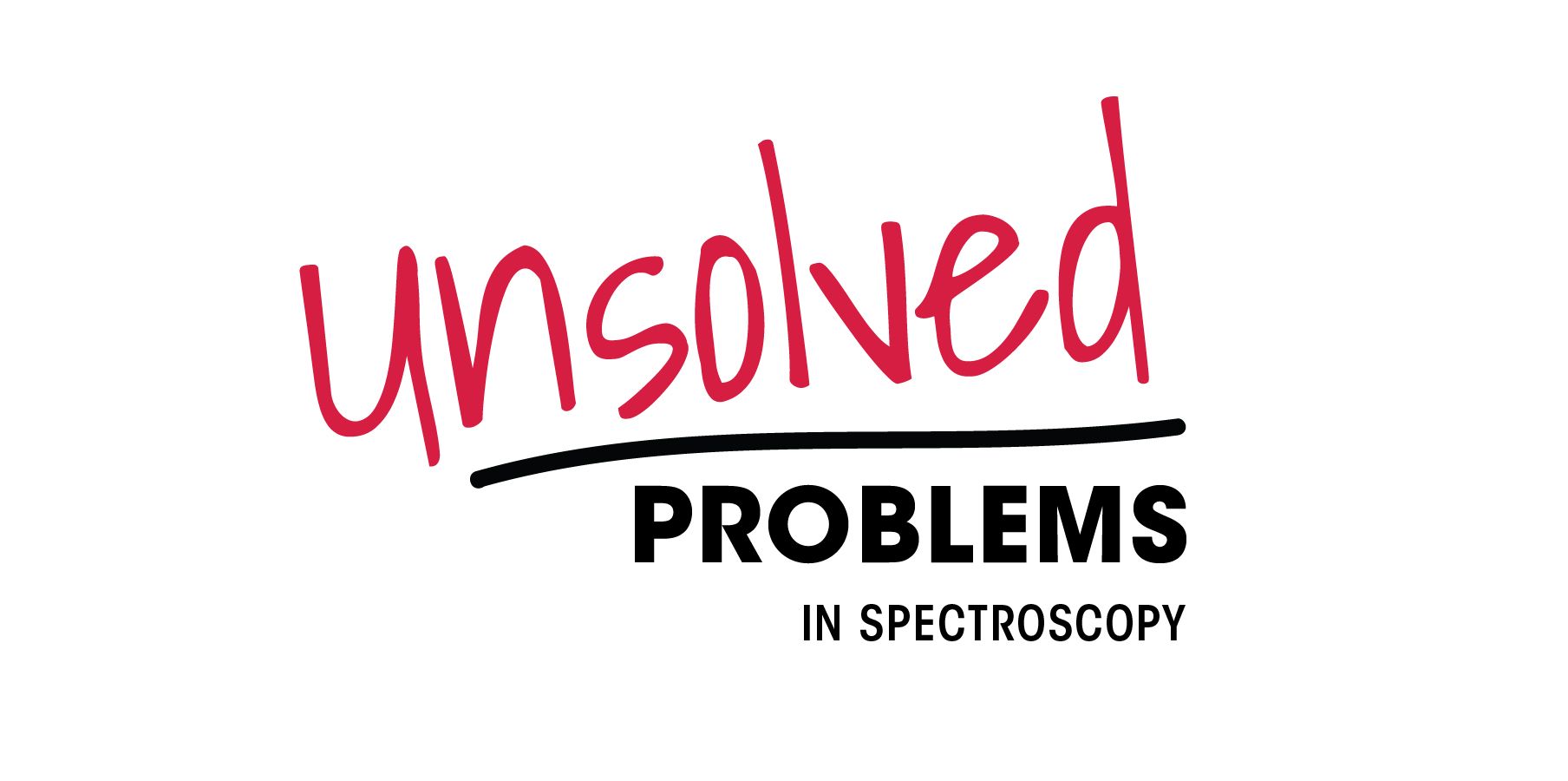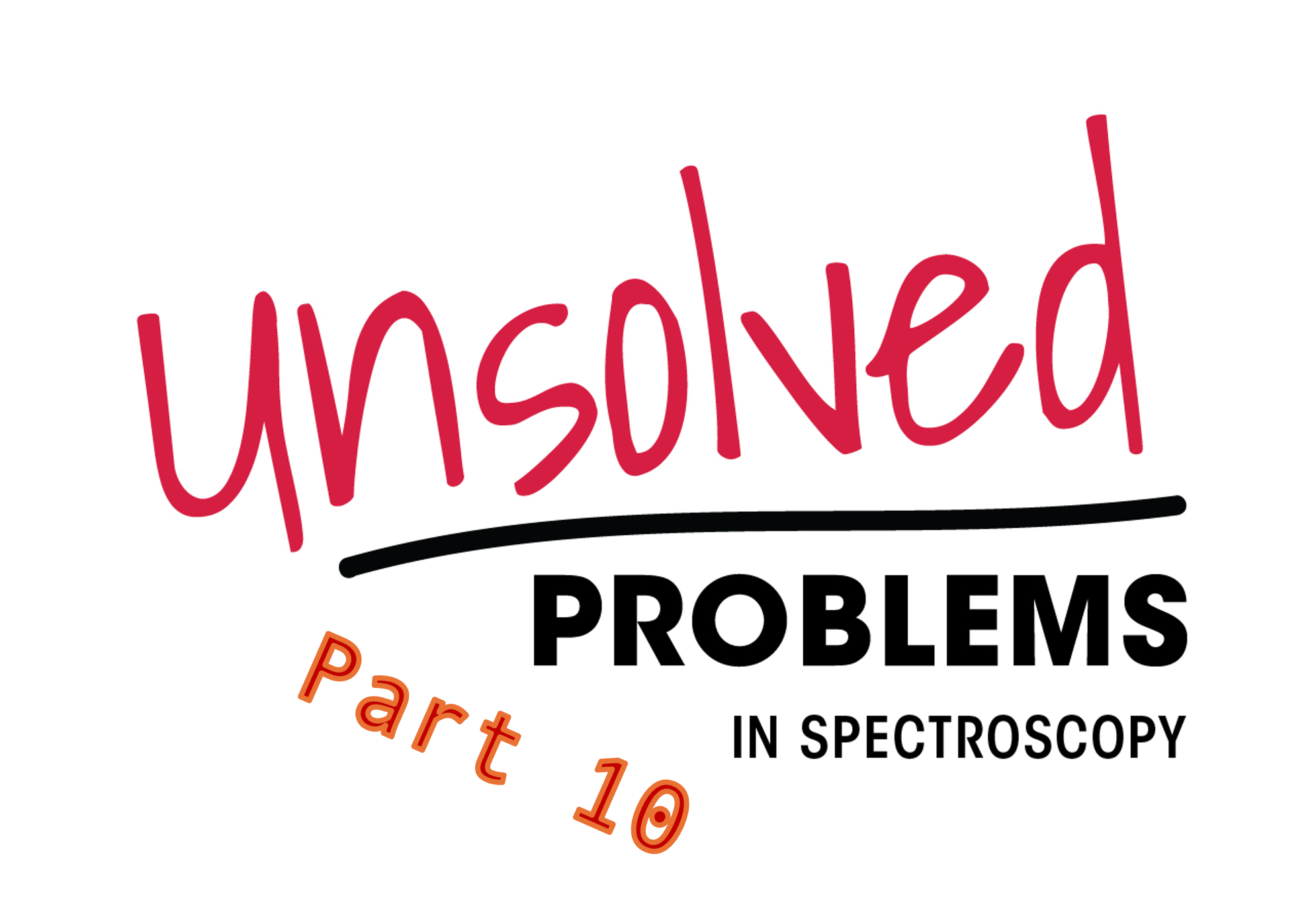Article
Fast and Accurate Prediction of Cocoa Shell in Cocoa Powder: Handheld and Benchtop Vis-NIR Spectrometers Perform Analysis Using PLS Regression
Author(s):
Scientists have developed a rapid and accurate method for predicting cocoa shell content in cocoa powder using handheld and benchtop vis-NIR spectrometers combined with chemometric techniques.
Handheld and benchtop visible-near-infrared (vis-NIR) spectrometers have become ubiquitous in spectroscopic applications because of their various benefits. Recently, researchers at the University of Campinas used these spectrometers in conjunction with a new method to predict cocoa shell content in cocoa powder (1). Their research was highlighted in a recent issue of Spectrochimica Acta Part A: Molecular and Biomolecular Spectroscopy (1).
cocoa powder in a brown ceramic bowl, raw cocoa beans | Image Credit: © iprachenko - stock.adobe.com

The presence of cocoa shell in cocoa powder can result from economically motivated adulteration, cross-contamination, or equipment misfits during the peeling process of fermented and dried cocoa beans (1). Accurate evaluation of cocoa product sensory quality is important because the shell content above 5% (w/w) can directly impact the sensory quality of cocoa products (1).
Chemometric methods were applied in this study to predict cocoa shell content in cocoa powders. The researchers applied these methods to near-infrared (NIR) spectra obtained from both handheld (900–1700 nm) and benchtop (400–1700 nm) spectrometers to accomplish this (1). In total, 132 binary mixtures of cocoa powders with varying proportions of cocoa shell (0 to 10% w/w) were prepared for calibration purposes (1).
Partial least squares regression (PLSR) contributed to the development of calibration models (1). Various spectral preprocessing techniques were also explored to improve the predictive performance of the models. To identify the most informative spectral variables, the ensemble Monte Carlo variable selection (EMCVS) method was utilized (1).
The EMCVS method is a powerful technique used in feature selection to identify the important variables in each data set (1). EMCVS had a specific purpose in this study: it was used to select the applicable spectral variables to forecast cocoa shell content in cocoa powder (1). The method sampled a subset of variables from the data set and estimated their performance in the prediction model (1). This sampling process is repeated multiple times, generating a distribution of model performance metrics. By analyzing this distribution, the EMCVS method determined the subset of variables that performed the best and was the most accurate (1). As a result, EMCVS was successful in identifying the subset of wavelengths that contributed the most valuable information for predicting cocoa shell content in cocoa powder (1).
The efficacy of NIR spectroscopy combined with the EMCVS was shown in this study when the results were examined. The benchtop spectrometer achieved impressive predictive performance with an R2P (coefficient of determination for prediction) value of 0.939, an RMSEP (root mean square error of prediction) of 0.687%, and an RPDP (residual predictive deviation) of 4.14 (1). The handheld spectrometer, although exhibiting slightly lower predictive performance, still showed promise with an R2P value of 0.876, an RMSEP of 1.04%, and an RPDP of 2.82 (1).
This method the researchers used demonstrates how handheld spectrometers can effectively assess compliance of cocoa powders with Codex Alimentarius specifications (1). This technique can contribute to quality control (QC) in the cocoa industry and help prevent adulteration or mislabeling of cocoa products by enabling the rapid identification of cocoa shell content (1).
The importance of this study is that it shows that NIR spectroscopy can be more widely adopted in the cocoa industry (1). As a technique, NIR spectroscopy helped bring about the efficient monitoring of high-quality cocoa products (1). And as the researchers demonstrated, this method can be implemented easily, and ultimately help protect and maintain the integrity of cocoa supply chains globally.
Reference
(1) Oliveira, M. M.; Badaro, A. T.; Esquerre, C. A.; Kamruzzaman, M.; Barbin, D. F. Handheld and benchtop vis/NIR spectrometer combined with PLS regression for fast prediction of cocoa shell in cocoa powder. Spectrochimica Acta Part A: Mol. Biomol. Spectrosc. 2023, 298, 122807. DOI: 10.1016/j.saa.2023.122807
Newsletter
Get essential updates on the latest spectroscopy technologies, regulatory standards, and best practices—subscribe today to Spectroscopy.





